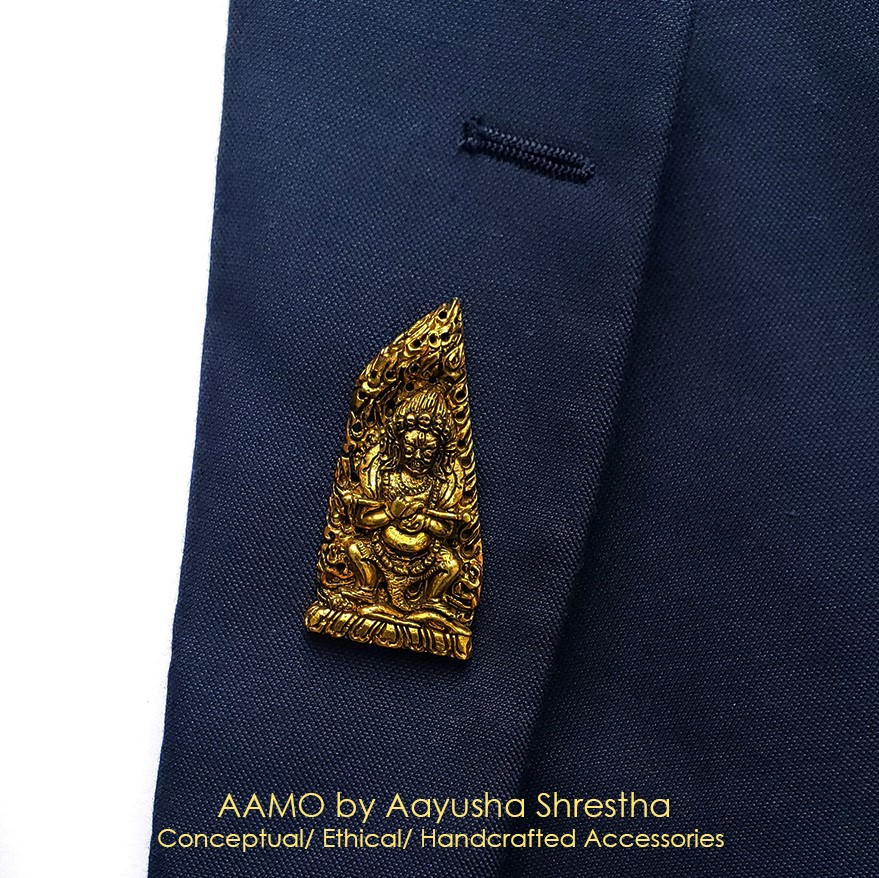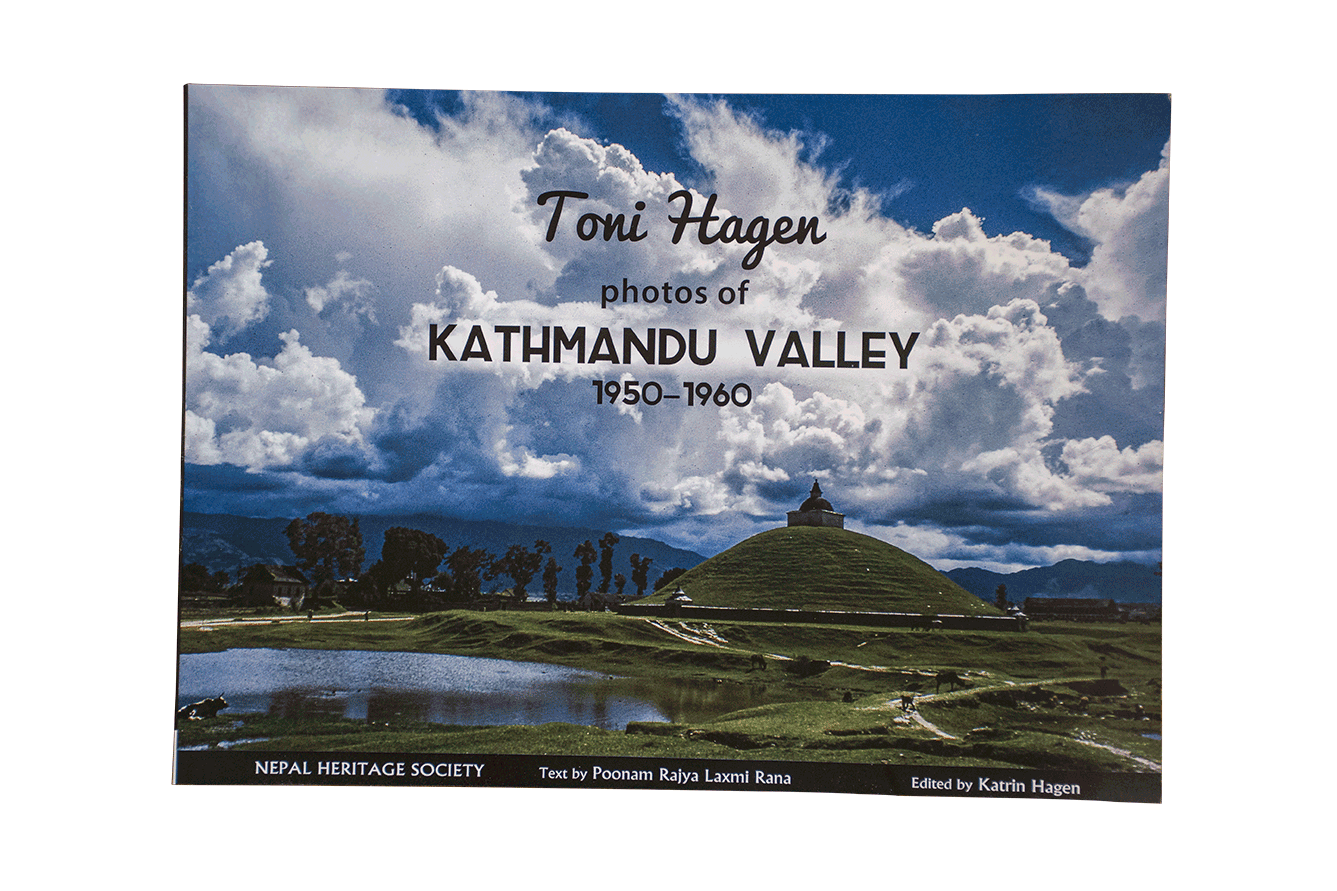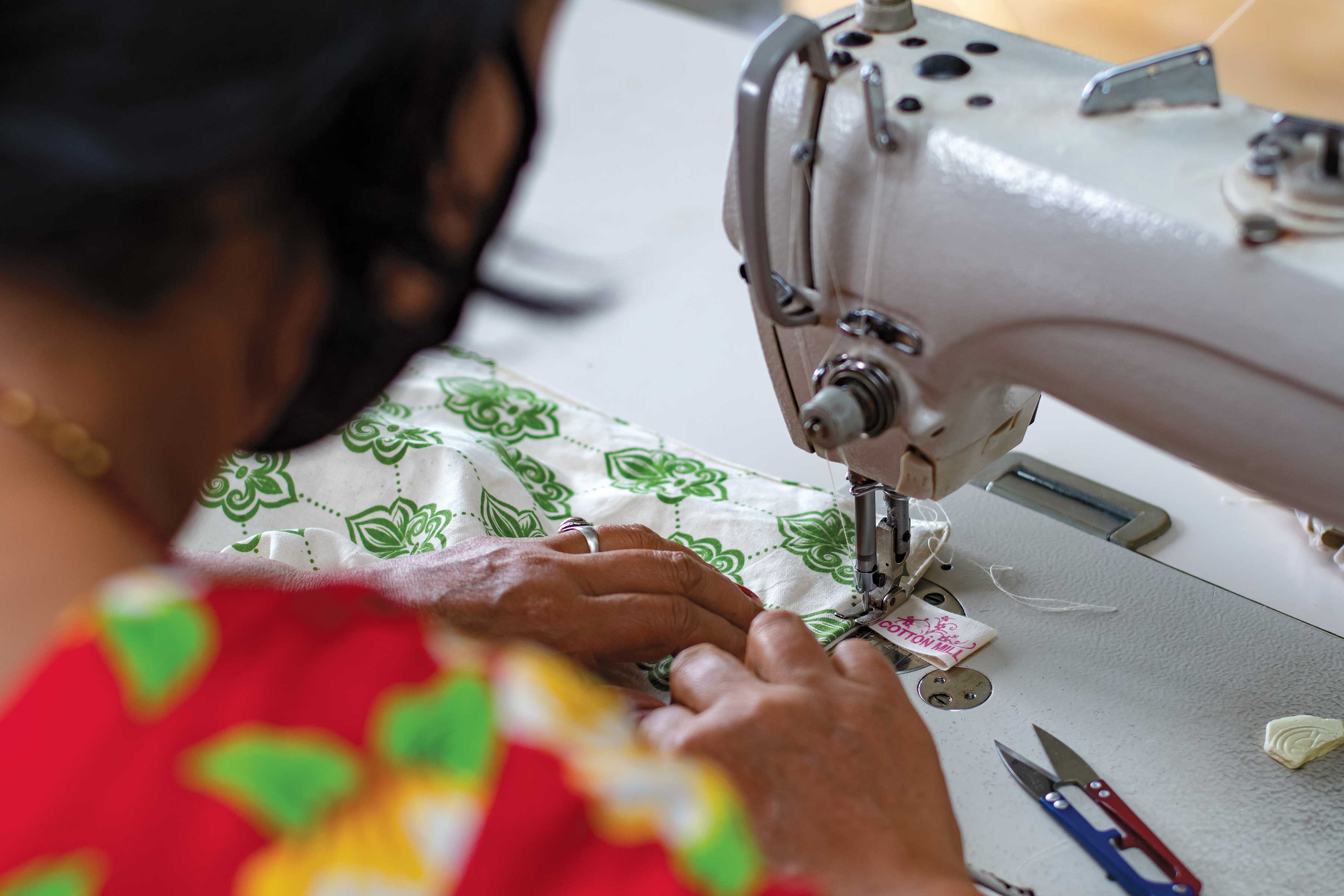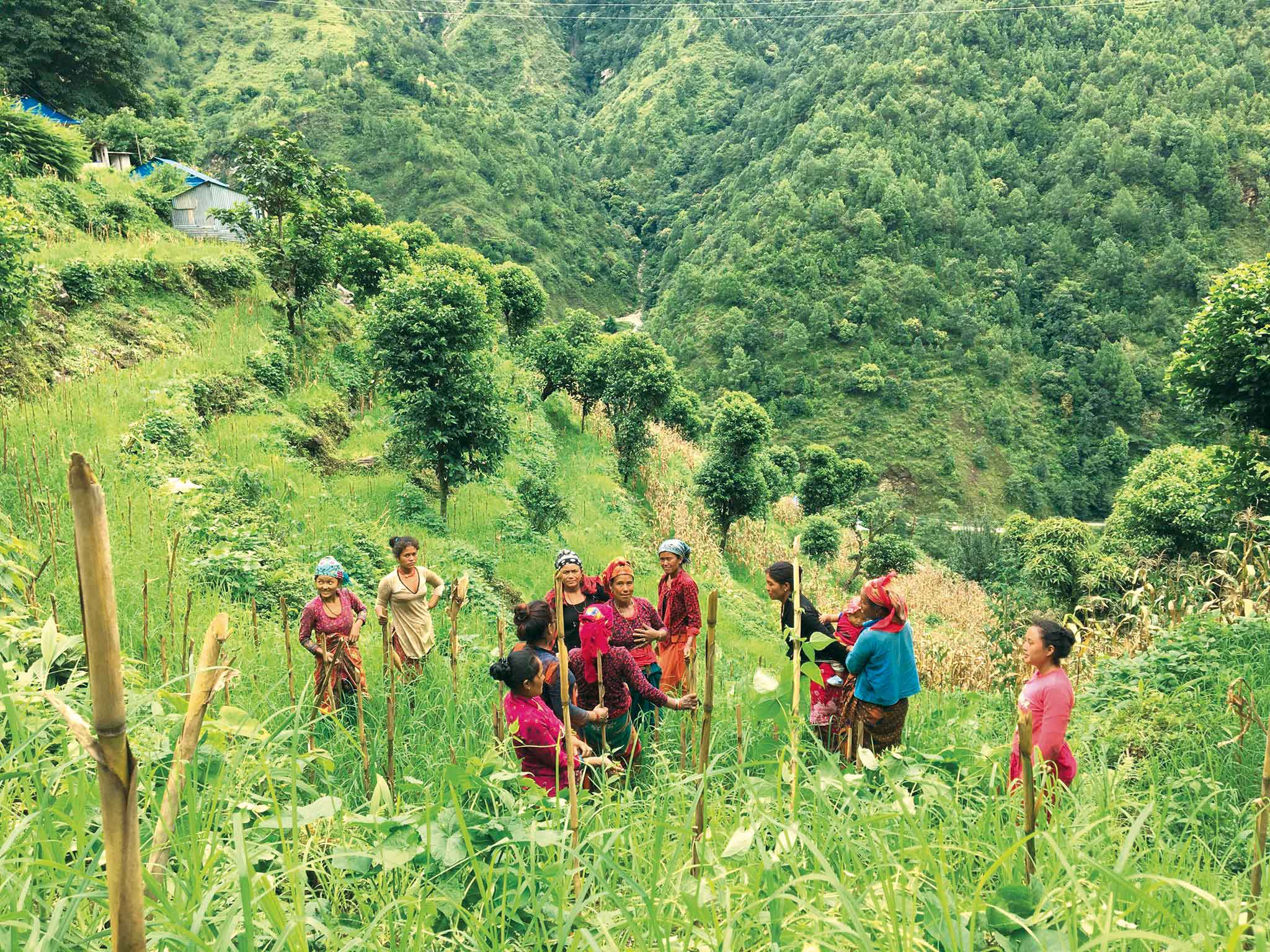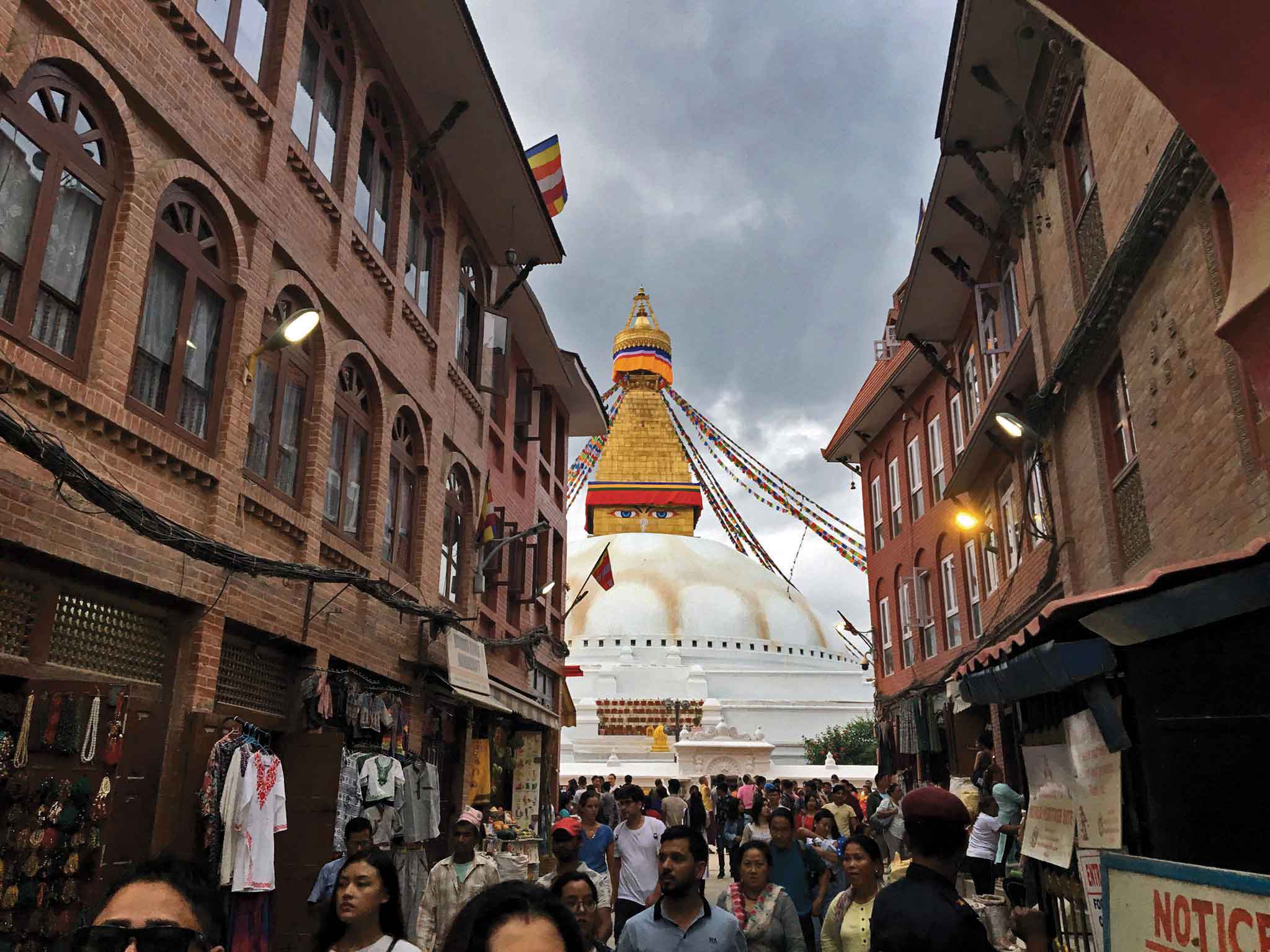
Sanjay Pandit's story is a wonderful example of how far you can go if you dream big and work hard--and he's not done yet!
These are the words—passed down by his father—that define Sanjay Pandit’s career as Nepal’s very own ultra-runner and ultra-mountaineer. One who has made a name for himself, holding impressive track records and climbing mountains across the globe, eleven till date, and with plans to climb more in the future.
His story begins in Pyuthan district, as the son of a school principal who traveled a lot, and whom Sanjay and his brother would follow. In addition, their school happened to be 40km away from their home. Thus, every Saturday, they would carry their bags and head for school. As his father was an enthusiastic volleyball player, he pushed his sons to maintain a healthy lifestyle. “My father would wake us up at six in the morning and decide a trail for us to run through every morning. Whether it rained, or was too cold or too hot, he would make us complete the route, otherwise he’d scold and punish us,” he reminisces.
After his SLC examinations, Sanjay moved to Kathmandu to complete his +2 studies. He didn’t run as much as he did in his home district, but would take part in various running events held by the campus and easily beat most of his seniors. Initially, he wanted to play volleyball like his father, as he enjoyed it very much, but wasn’t able to due to his height. Since he couldn’t compete in volleyball, he decided to take part in running events—placing first every time.

As a student, he didn’t have a lot of funds lying around, and one day, during his +2 examinations, he ran short of cash and couldn’t take the bus home. This wouldn’t have been such an inconvenience if his exam center had been close to Kathmandu BernHardt College, where he studied. Unfortunately, his center happened to be Swayambhu. With no other option, he decided to walk home by taking shortcuts that he knew of. As he was walking back, he saw some South Asian gold medalists being honored. They were people that he saw in newspaper articles, on TV, and almost everywhere, and he thought, “Rajendra Bhandari and Baikuntha Manandhar are renowned for their running. Maybe I too can become renowned for my running? Kathmandu is full of rich and well-off people and they’re barely recognized. Yet, runners like Rajendra Bhandari and Baikuntha Manandhar are renowned all over Nepal. Yes, I too should start running.”
Thus began his career as a long distance runner. He would run at all times of the day, anywhere and everywhere, sometimes getting lost, and having to call his brother to pick him up.In 2008, he participated in the first Kathmandu International Marathon. He had run in 5km to 10km races, but this time the distance was 42 kilometers. He explains his decision to take part in this marathon, “I had a drive to run the 42km in my late teens, rather than during the end of my career as most runners do. And, I finished it in around three hours, which made me more determined to continue running.” After that, he started participating in more marathon events.
Once on his way to the Rangashala (the national stadium), he came upon Baikuntha Manandhar. “In the context of Nepal, he is the king of marathons. So, meeting him was like meeting god,” he comments. “Back then, a runner had run all the way from Kathmandu to Lumbini, so I asked Baikuntha guru for advice on how I could achieve such a feat. He replied that he had run from Kathmandu to Khasa, and no one had yet broken that record. Which got me thinking; people in Kathmandu spend an entire year planning to go Khasa, and this man has run the entire route in 14 hours. Someone from Kathmandu has already run all the way to Lumbini, so why can I not run from here to Khasa?”
“I’m what you call a bhaedo kind of person. Headstrong. I’ve been like this since a kid,” he adds. So, he started training to run from Kathmandu to Khasa, and managed to finish his run in 11hours 20minutes. After that, he began getting a lot of attention from the media, and began taking part in more challenging marathons, such as Kathmandu to Jiri and Kathmandu to Gorkha—until he reached a turning point in his life.
Returning from the Rangashala, he was in a small tea shop in Patan drinking tea, when he saw a televised interview of Aapa Sherpa. He remembers, “I thought to myself, this person has to be the bravest person alive. He had climbed Mt. Everest 19 times, and the idea of Mt. Everest itself was terrifying; the snow, the cold, avalanches, and the difficult path. During the interview, he said that if people have the will, they can succeed in anything they aim for, and that inspired me to climb Mt. Everest.”
It was a rare occurrence for someone from Nepal who wasn’t a Sherpa to climb Mt. Everest, and that thought drove Sanjay towards training himself to ascend the mountain. In 2011, he took an eight-day course in Kakani on mountaineering, an introductory class. Even though it wasn’t much help when he climbed Mt. Everest, he is glad that he took it, nevertheless.
In the spring of 2012, in his first attempt on Everest, he climbed up to 8,650m, and returned with a heavy heart. “There was pain in not being able to have touched the peak, and after spending so much money,” he says. After that, he decided to ascend the killer mountain, Mt. Manaslu, where many deaths have occurred, including that of his friend who accompanied him in climbing—a Spanish named Martin. “Two-thirds of our team had quit, and we began debating whether to complete the climb or not. I hadn’t touched Mt. Everest’s peak the first time, and if I didn’t conquer this mountain, I wouldn’t be qualified to climb Mt. Everest again. I didn’t care if I died in the process, I had to climb it,” he recalls. With that goal set, he ventured on, and his team was successful.
The following year, he attempted Mt. Everest once again. This time, his own guide died. He recalls, “The person who took the responsibility of getting me to the top died, and that cased me a lot sadness, but I succeeded in the end. I lost my friend in Manaslu and then my guide here. It was a very difficult thing to process.” As he reached 8,850m range, his oxygen finished, and it became a matter of life and death. In that altitude, it is nearly impossible to survive without oxygen. As he carried on, he was struck by a miracle; another climber was returning, and he had an extra oxygen tank to spare. With that tank, he was successful in reaching the peak. “If Karma Sherpa hadn’t given me the oxygen tank, my frozen corpse would still be there, as it’s expensive to retrieve bodies from that altitude,” he adds. On returning home, his legs had swollen up and frostbitten, but after seven months of resting, he recovered, though he did have to cut off a bit of his finger.
After climbing a few more mountains here and there, he decided to expand his mountaineering career into mountains all over the world, and not just Nepal. In 2014, he went to climb the African mountain Mt. Kilimanjaro, and was the fastest climber. After that,he ascended Europe’s highest-peak, Mt. Elbrus, which he did half-naked in 6 minutes and 30 seconds. After setting an impressive and unique record in Mt. Elbrus, he went to climb the Australian mountain Mt. Kosciuszko backwards. He began his ascent from Threadbo, a small alpine village, and reached the very top in 5 h and 45 min—dressed in the traditional daurasurwaland Dhaka topi.

He went on to climb Mt. Kilimanjaro again, and like in Mt. Kosciuszko, he donned on his daurasurwaland Dhaka topionce again, but this time, he climbed backwards to the top in a record time of 24 hours and 40 minutes.On why he decided to climb Mt. Kilimanjaro and Mt. Kosciuszko backwards, he replied, “For people who’ve climbed Mt. Everest, these mountains are very easy to conquer. But I wanted to be more remarkable than the people who’ve climbed before me, thus I decided to climb them both backwards. And as far as I know, I am the only one to do so till today.”
This year, he ventured on to his most expensive expedition as yet,an expedition to Antarctica. It took him a year to arrange funds, mortgaging his property and colleting funds from various sponsors. Along with the economic burden, another factor making this mountain particularly difficult was the angle of elevation as well as the dependency on weather. “Here, there are three camps; base camp, low camp, and high camp. The angle of elevation between the low camp and the high camp is almost 90 degrees, making it incredibly difficult. Another factor that could’ve made this journey more difficult is the weather. The freezing cold and the hard winds could have easily ended our journey in the first day if they hadn’t favored us, but thankfully they did,” he explains.
As for advice he’d like to pass down to aspiring mountaineers who’d like to follow in his footsteps, he says, “I’d advise them to be focused. If there is anything you want to accomplish and be the best at, you need to be focused. If you dedicate yourself fully towards a goal, you will be successful, and you must continuously aim towards that one goal. In any field, if you continuously put effort in it for, say, ten to twelve years, you will become a big name in that field. May it be journalism, business, or even politics, if you dedicate yourself fully to that one field, you will succeed. If you let yourself wonder around in many fields, you won’t be able to find success in any of those fields. So, stay focused.”
Now back in Kathmandu, he plans to climb Australia’s famous ten-peaks, and maybe even climb Mt. Everest once again. He also hopes to open a mountaineering training school where he can teach those interested in mountaineering the basics, and take them on expeditions.


